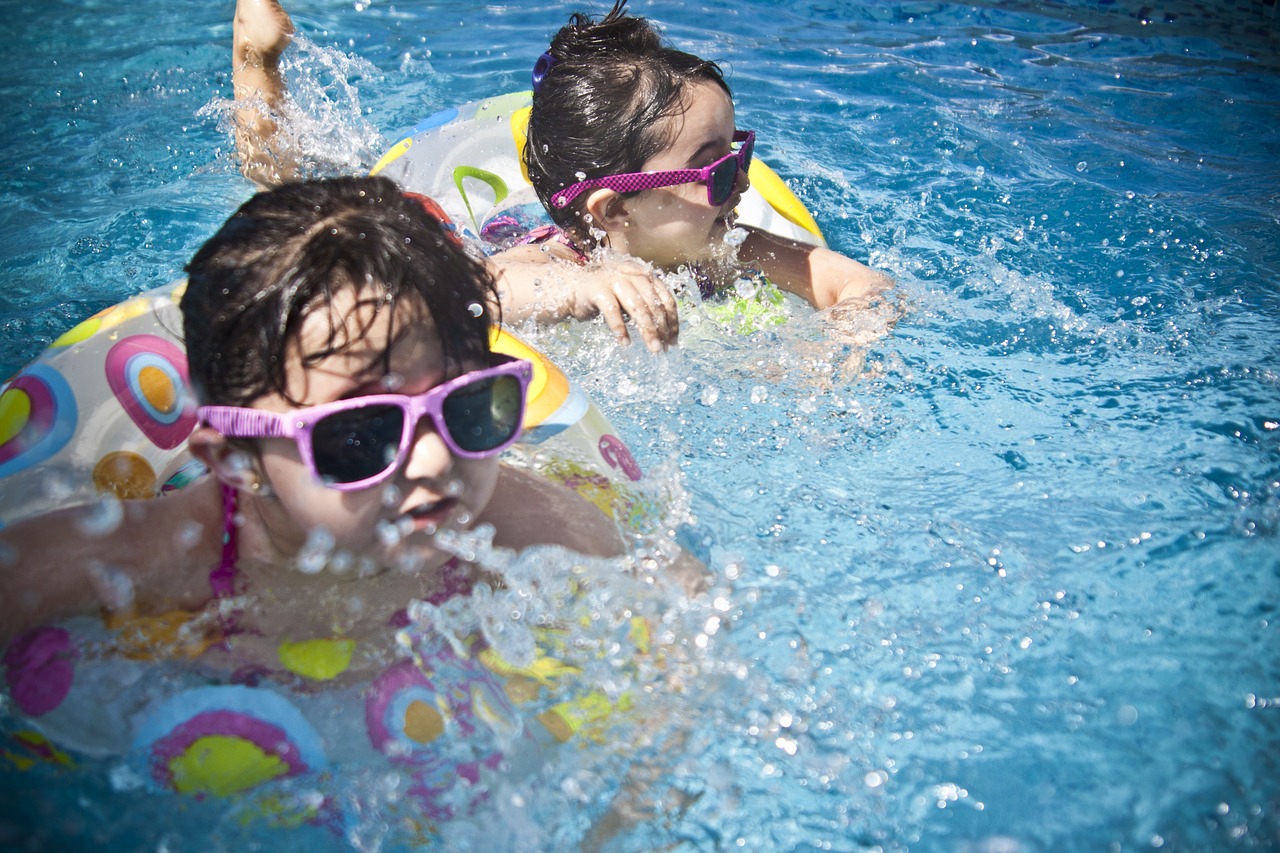Earlier this year, a four year old girl was hospitalized for a suspected case of dry drowning. Her case understandably sparked frightening warnings to parents. With pool season approaching, many parents asked: is it still OK for my child to play in the water?

If you have questions about dry drowning and what it means for your family, then this blog is for you:
Dry Drowning: What It Is
“Dry drowning” is a non-medical term used to describe certain symptoms experienced after being submerged in a body of water. Dry drowning is one type of post-immersion syndrome, along with near drowning and secondary drowning. Post-immersion syndromes are notably different than a standard drowning case, where a child tragically passes away due to submersion in and inhalation of water.
In so-called dry drowning cases, large amounts of water never reaches the lungs. Instead, breathing in a small bit of water by mistake triggers spasms of the vocal cords and the airways, making them narrower and even closing them off. This happens because the body is trying to keep the water from entering the child’s lungs. However, the spasms and closing of the airway can make it difficult for a child to breathe, resulting in a “dry drowning” case. This chain reaction takes place quite quickly, and dry drowning sets in less than an hour after inhalation.
Dry Drowning: How Common Is It?
It’s important for parents to know that this condition is very rare! According to news reports, the Centers for Disease Control and Prevention estimates that of the approximately 4,000 drowning or near drowning incidents that occur in the United States annually, post-immersion syndromes account for 1% - 5% in total. So while frightening, the risk of dry drowning is low.
Dry Drowning: What Are The Symptoms?
The symptoms of dry drowning develop within an hour of a child leaving the water:
- Primarily, coughing and difficulty breathing or speaking
- Vomiting
- Chest pain due to pressure building on their lungs
- Headaches
- Change in behavior, such as sleepiness or agitation
Dry Drowning: Treatment
Dry drowning symptoms will develop within an hour of a child exiting the water. If you do see any symptoms, dial 911 for emergency medical assistance. While waiting for help, try to help your child stay calm, so that their panic does not contribute to their muscle tightness.
Paramedics will be able to administer treatment on the scene and will take your child to the hospital for observation and possible further treatment.
Dry Drowning: Prevention
In addition to monitoring children after they spend any time in water, you can take action to help to prevent dry drowning:
- Children under the age of 4 should always be supervised when in water, even if they're just in the bathtub.
- Consider investing in swimming lessons to ensure that children learn how to swim safely early on.
- Never let children swim in a pool or in the ocean unless a lifeguard is present.
- Teenagers are more likely to have drowning incidents while under the influence of drugs or alcohol. Discuss these risks with your teens.
- Discourage rough play in and around water.
- Ensure pools are properly guarded.
- Always wear life jackets while boating.
A Final Note From Our Doctors
Knowing how to address dry drowning in case of an emergency is very helpful. However, it’s worth remembering that these cases are very uncommon. And basic water safety can go a long way in preventing this rare but possibly tragic phenomenon!
If you are seeking additional advice on how to safely enjoy the summer, please contact your Capital Area Pediatrics physician. Our team can individually assess your children’s health and safety needs, and provide specific advice for your child. To schedule an appointment with a pediatrician, find your nearest location and contact us today!

